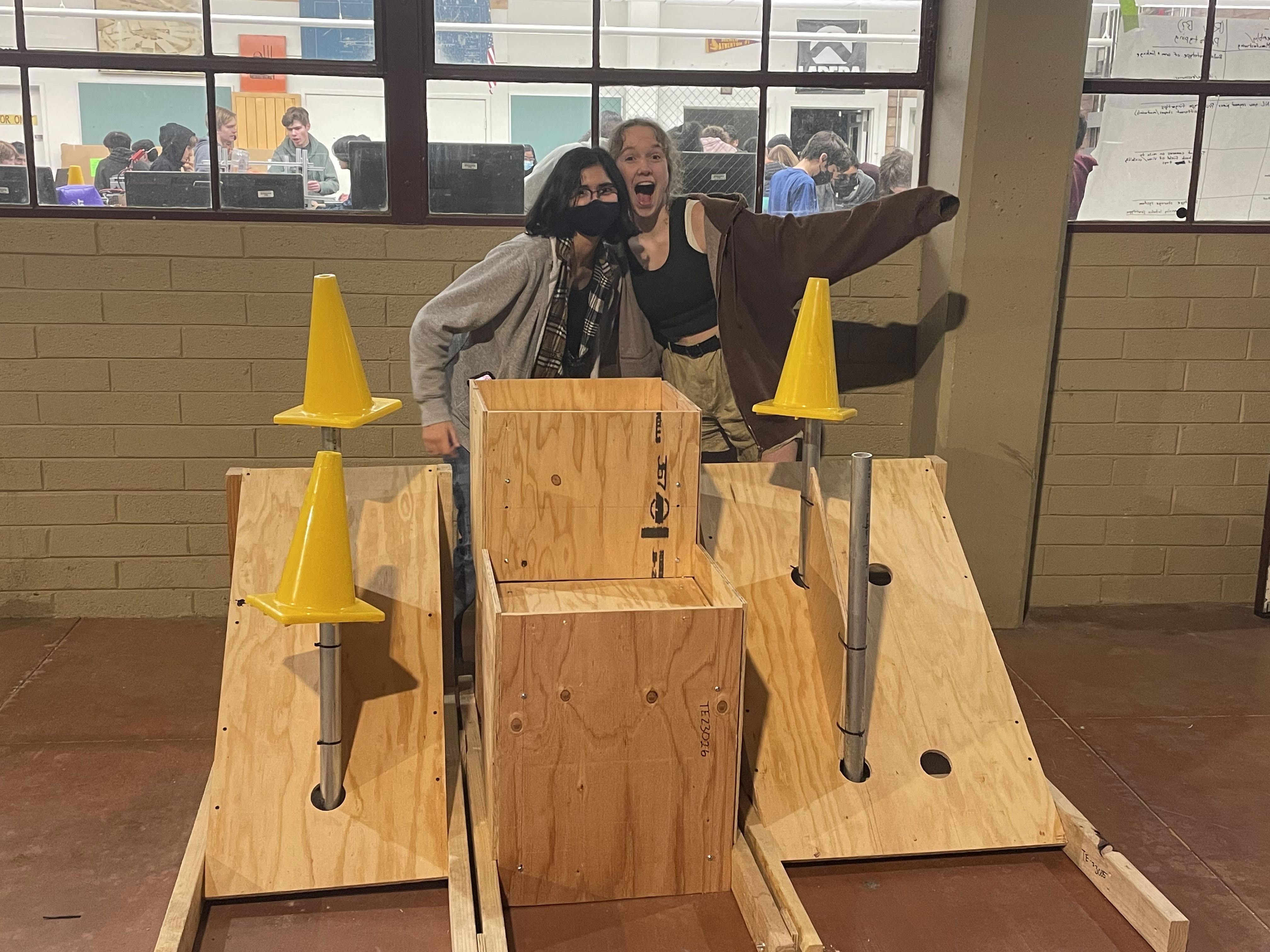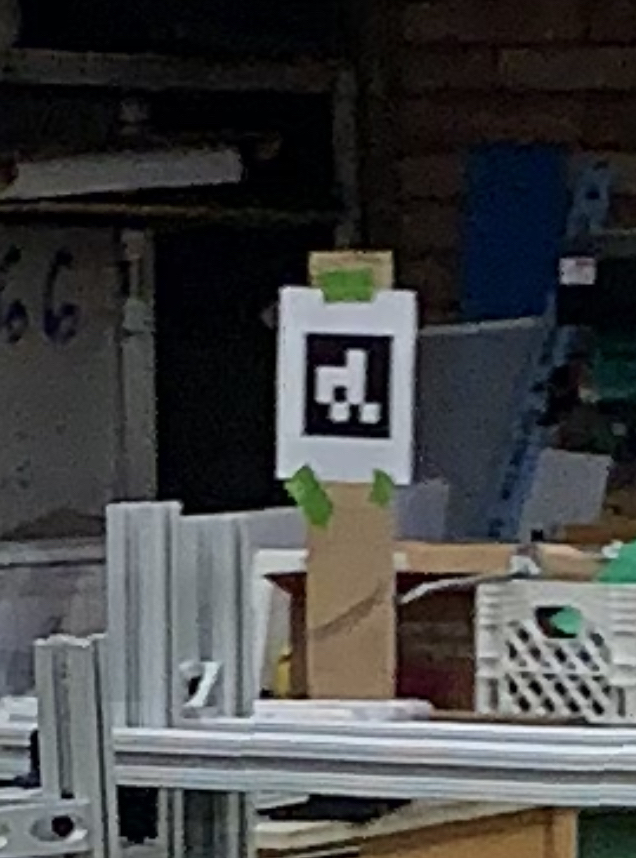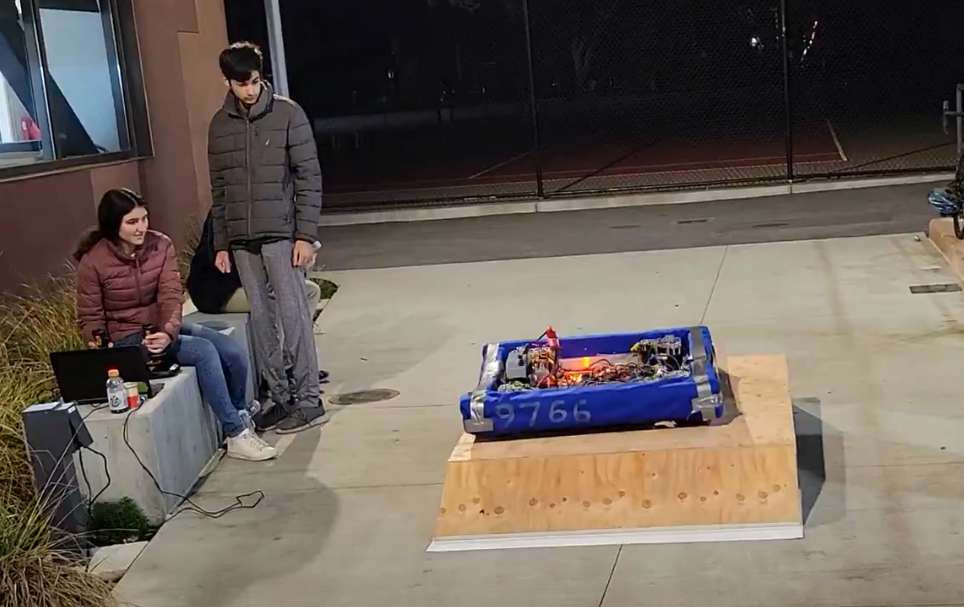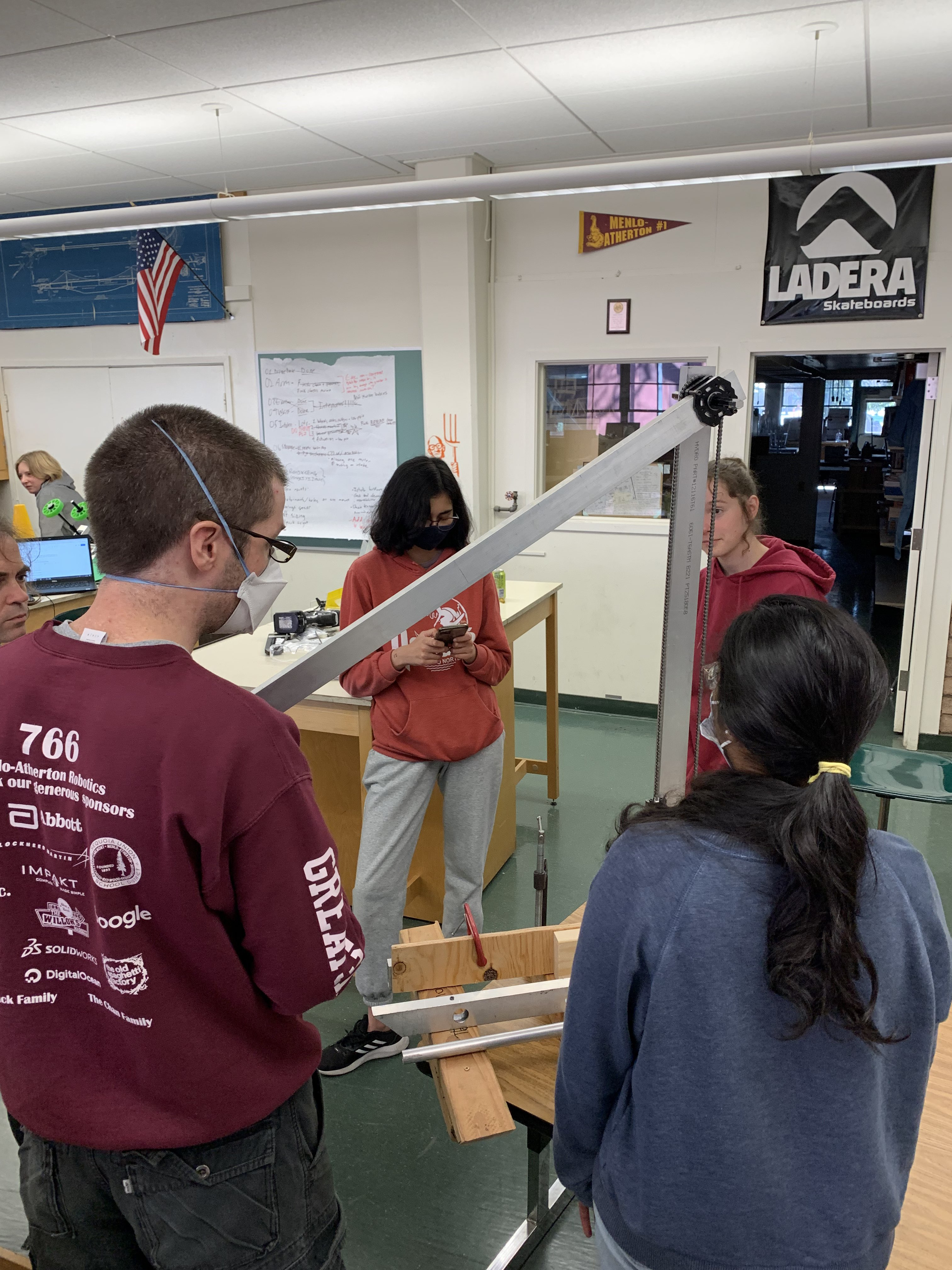Good evening everyone,
This has been another great week for us. We've progressed pretty far in CAD, and we're looking forward to our critical design review on Saturday. Meanwhile, we've been developing some other key systems that'll go on the robot.
But before that, a few announcements:
Once again, we'd like to thank all the gracious parents who bring us food. We're prepared almost all the way until our Davis comp (March 23-26), but still need signups for two more meetings (and lots more meetings after Davis). If you'd like to sign up, you can do so here.
If you'd like to donate to the team, we'd be very grateful. For directions on how to make a donation, look at the bottom of this document.
Speaking of the Davis Comp: there are forms! One, for FIRST registration, can be filled out online here, and the other two will need to be printed, filled out, and turned into Mr. Roisen's room E-2 during brunch, lunch, or after school, or given to another student to turn in on their behalf (for non-M-A students). Those two forms are attached. Note that on the medical form, the "blood transfusions" question is asking you to consent to them, not whether your child has had any.
Also note that if your child intends to attend the competition on Friday, March 24, they will need all of their teachers to sign the back of the permission form. You'll also need a hotel room, which you can reserve according to directions from previous emails. You can check who's already reserved one here. Also, students may not drive other students to or from Davis.
If you or your student aren't sure about going because of a financial situation, we'd like to remind you that our team grants travel scholarships. These competitions are the culmination of months of hard work, and we'd love to see all of our students there. If you think you may need a travel scholarship, please contact Mr. Roisen at proisen@seq.org.
Again, we have a few photo albums: One for kickoff, and another for the rest of this season here.
What about the robots?
Firstly, we finished building a mockup of the "grid," which contains the "nodes" that our robot scores points on. We also started testing our robot on the "charging station," which is an easily-tipped seesaw-type structure. Before we could do that, though, we need to attach foam bumpers around the edge of the robot to mimic the dimensions that it'll be during the matches. Because of our new chassis design this year, our old methods of attaching bumpers don't really work. We're still developing a more advanced mounting system for them, so in the meantime, we're using duct tape (it works great!). We also finished a physical prototype of our robot's arm system, which we're using to see how it'll move with two joints.




Meanwhile, our programming team has been hard at work with odometry and localization. This year's game has an especially important autonomous component, where the robot has to work entirely on its own. For this to run smoothly, the robot has to know where it is, but there's a catch — it doesn't have any eyes. Or a brain. However, it does have a couple of cameras, a gyroscope, and several encoders. Encoders can tell how much the wheels have turned, and thus how far the robot's moved(that's odometry). This is combined with the cameras, which interact with a new feature of FRC this year: April tags. April tags are basically giant QR codes plastered around the important parts of the game field, and the robot can use its cameras to determine the distance and angle to them and thus where the robot is (that's localization). For those already familiar with FRC, Apriltags are a somewhat similar concept to the Limelight, but with QR codes instead of special reflective tape. And since Apriltags can be detected with standard webcams, they're also substantially less likely to blind people (though they're also not as cool looking).
We're almost finished with our CAD model of our Rev A prototype robot, and we may begin machining parts for it in the coming week. We were able to get so far along in CAD by doing our first "crunch" of the season, where several CAD students stayed (very) late on Friday night to develop our first draft of the robot CAD. On Wednesday, we intend to do a design review of the whole robot design. We'll look for flaws we missed in earlier parts of the design process, and check whether all of our parts are actually machinable. We'll also examine how all of our mechanisms fit with each other since this'll be the first time we have all of them together in a single model. Once we find and resolve the more obvious issues, we'll be ready for the critical design review on Saturday. If you have engineering experience, we'd appreciate your help with giving us feedback from approximately 2PM-4PM on this coming Saturday.
What's Next?
Our design review will be on Saturday, and we'd love for any engineers with the time to come. If you wanna come just to get a glimpse of our work, don't worry — there's not that much to see yet. We'll keep sending pictures (which'll be even cooler once we start assembly), and we'll have a full team open house on Wednesday, March 15, where you'll be able to see our final, substantially sleeker robot. In the meantime, make sure to plan ahead for our coming competitions, and try to get the paperwork filled out sooner rather than later.
Sko Bears, and Goodnight!
Tommy Knox,
Tech President, Team 766


